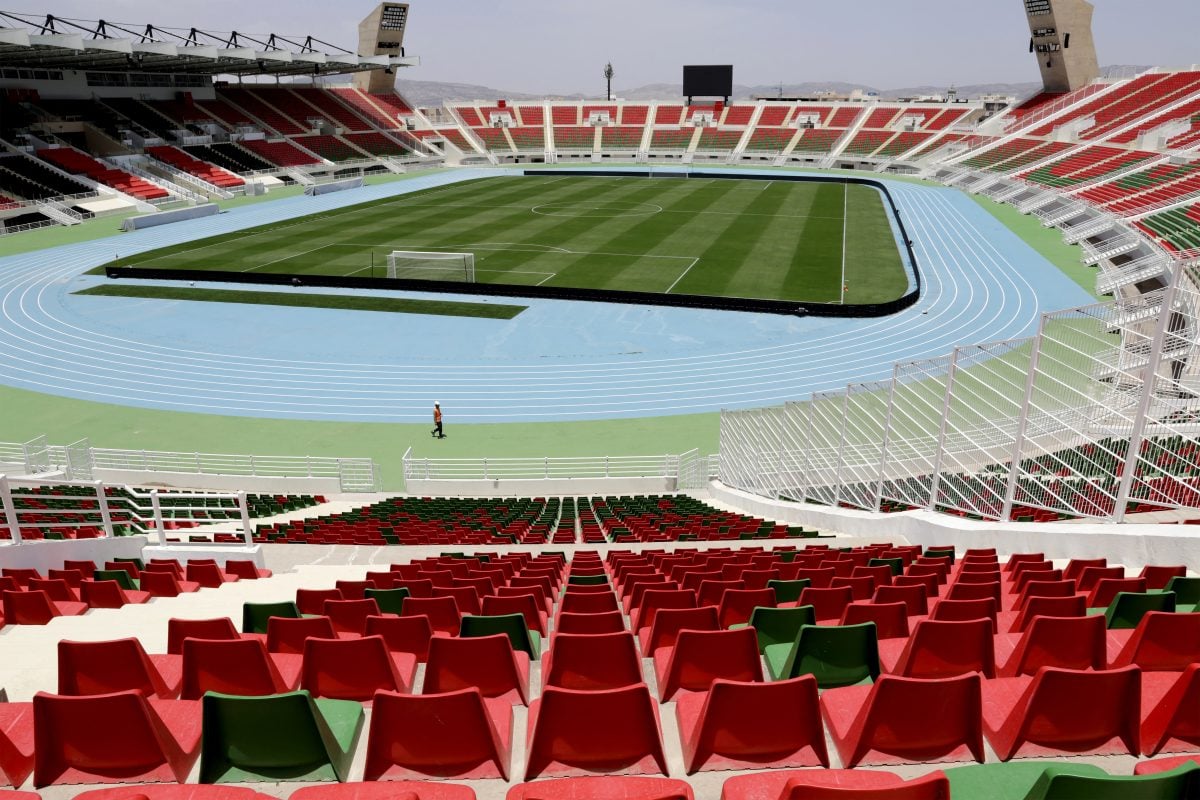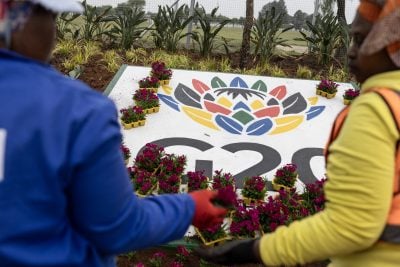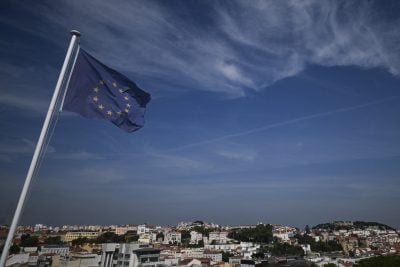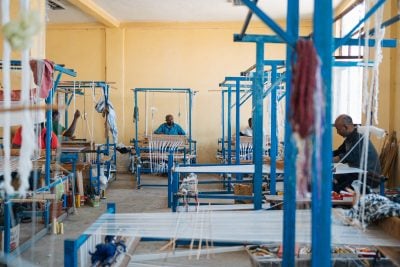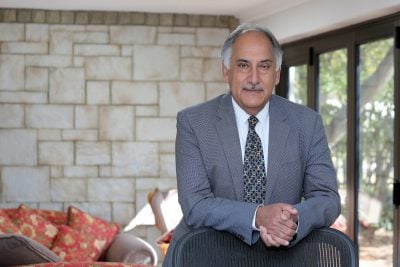Speaking to African Business in Rabat, Amal El Fallah Seghrouchini, Morocco’s minister for digital transition and administrative reform, reflects on a “big deadline” the country is facing in its ambitious plans for economic growth and development – the 2030 FIFA World Cup. “There are a huge number of projects and infrastructure developments we are undertaking in preparation for 2030,” she says. “There is another deadline in 2030 related to the Sustainable Development Goals, coming at the same time as the World Cup – both focused on growth and development.”
There is indeed the sense in Morocco that economic momentum is building – with 2030 the year, they hope, that the country fully announces itself as a major power in the African and Arab world. A Moroccan government official in London, who wishes to remain anonymous, tells African Business that “Morocco is on the path of development, and we want to become a prominent emerging markets economy.”
“We want to progress into becoming a top 20-25 country globally in terms of GDP, partly driven by development infrastructure. That’s the vision of His Majesty King Muhammad VI and that’s what Moroccans are constantly talking about in forums and on social media,” he adds.
“How can Morocco leapfrog its development and progress both economically and politically? On a national level, the World Cup is seen as the catalyst for that.”
Data supports optimism
The underlying economic metrics suggest this optimism is justified as the 2030 deadline draws ever nearer, even if the decade started with a series of severe economic shocks. The Covid-19 pandemic was followed by a prolonged drought that culminated in 2023 being the country’s driest year in more than eight decades, significantly reducing domestic crop yields.
The two events were a hammer blow to key sectors such as tourism and agriculture. Tourism accounted for over 7% of Morocco’s GDP in 2023, while agriculture accounted for almost 12% – while employing 30% of the workforce, according to the World Bank. Disruptions to these two key industries helped push youth unemployment up to almost 27% in 2020, on World Bank figures, before recovering to 22% in 2024.
Furthermore, Morocco and its North African neighbours were some of the countries most exposed to the global food supply chain shocks caused by Russia’s invasion of Ukraine in 2022, thanks to their high dependence on imports for essential goods.
Also, the two Eastern European countries are also some of the world’s largest producers of fertiliser, for example, sending costs spiralling for the North African agricultural industry. Spikes in grain prices – as well as fuel after oil prices surpassed $130 a barrel in 2022 – unleashed a wave of inflation in Morocco. Prices rose at an average rate of 6.7% in 2022 and only slightly lower at 6.1% the following year.
Infrastructure spurs economic fightback
However, there are now encouraging signs that Morocco is bouncing back strongly – and poised to make big strides as it eyes 2030. According to the World Bank, real GDP growth is expected to be around 3.9% this year.
With Morocco’s central bank, the Bank Al-Maghrib (BAM), moving quickly to hike interest rates in 2022, inflation has also been brought under control – with prices rising only by 0.9% in 2024. In light of these improved economic conditions, unemployment is, in turn, also steadily decreasing.
This job creation is partly being driven by the myriad infrastructure projects that the Moroccan government is currently undertaking. The country’s high-speed rail project is Africa’s first. It was launched back in 2018 from Tangier to Kenitra, with trains currently continuing on normal tracks to connect key economic hubs such as Casablanca and Rabat; new high-speed lines to them are being built.
High-speed rail, which is part of Morocco’s $37bn rail strategy, will ultimately extend to other key cities such as Marrakech and Agadir – creating thousands of jobs during the construction works, while enhancing productivity and making freight transportation easier and cheaper.
Other major government projects, such as the $7.5bn national port strategy, are similarly designed to improve trade efficiency and unlock stronger economic growth. The expanded port of Tanger Med is now Africa’s largest cargo port – having more than doubled its capacity from 3.5m to 9m twenty-foot equivalent units (TEUs) – and is connected to 180 ports worldwide.
This focus on improved infrastructure connectivity is partly motivated by the need to meet the standards required for the World Cup and partly by a recognition of the economic benefits such modernisation could bring. However, Seghrouchini suggests the projects also represent a wider Moroccan ambition – to be recognised as an economy similar in size and sophistication to the country’s European neighbours.
“We want and need to be compliant with Spain and Portugal [which are co-hosting the 2030 World Cup]. Their digital and physical infrastructure is already advanced and works very well,” she says. “We cannot bring supporters to Morocco without all this in place.”
A Moroccan government official similarly notes the symbolic importance for the country in co-hosting the tournament with two important European economies. “The fact we are hosting this with Spain and Portugal says a lot about how we want to be viewed as very close to the Euro-Mediterranean community.”
Delicate balancing act
A key focus for the Moroccan government as it pursues its economic and geopolitical priorities has been trying to avoid taking sides on controversial issues.
For example, while condemning Israel’s actions in Gaza, perhaps acknowledging widespread anger on the issue domestically, the Moroccan government has continued to develop its commercial relationships with Jerusalem – with trade between the two countries increasing significantly since Rabat signed the Abraham Accords, a US-brokered diplomatic agreement between Israel and some Arab states, in December 2020.
The Moroccan government’s approach to the Russia-Ukraine war has been similarly mixed: while the country was reported in late 2022 to have sent military equipment to Kyiv at the request of the United States, Morocco has at times also abstained from votes condemning Moscow at the United Nations.
Zakaria Hanafi, director of the Moroccan Center for Geopolitical Analysis and Anticipation in Rabat, tells African Business that this approach is a critical part of Morocco’s economic development goals. “We have very good diplomatic and economic relations with everybody – with Russia, with China, with the US, with the UK, France and Germany,” he says. “This stability is very important not only geopolitically, but also economically.”
Auto industry poised for growth
The Moroccan government appears to be leveraging this approach, along with the country’s geographic location, to position Morocco as a trade and logistics hub connecting Europe, Africa and Asia.
While improving Morocco’s trade infrastructure, there are also ambitious plans to expand the Mohammed V International Airport in Casablanca – a $1.5bn project that will see the airport’s annual capacity soar from 30m to 80m passengers per year.
This trade focus has also undoubtedly contributed to the growth of Morocco’s automobile industry. The North African country is now the single biggest exporter of automobiles to the European Union, with such exports reaching a value of $16.4bn in 2023.
Export numbers have grown by almost 150% in less than a decade.
The country is now ramping up its capacities even further: Morocco aims to produce cars at a rate of one million a year by the end of this year.
Several global automotive companies already have significant manufacturing and assembly plants in Morocco, including Renault, Peugeot and Volkswagen. In June Tesla, one of the world’s largest producers of electric vehicles, opened an office in Casablanca as its first step into the African market. It does not currently manufacture or assemble in the country, however.
The automobile industry in Morocco has benefited not only from the incentives the government has offered producers – such as tax breaks and subsidies – but because of the country’s strategic location which offers access to markets in Europe, Africa, the Middle East and beyond.
The country has preferential trade agreements with 62 countries around the world. Meanwhile, relatively low labour costs and political stability means Morocco is broadly seen as a safe and profitable place to do business.
The authorities in Morocco will be hoping that its automobile industry – which has progressed from engaging in basic vehicle assembly to more advanced manufacturing – will prove to be a model for its wider economic development as it seeks to climb up the value chain.
The world pays attention
On a trip to Morocco this month, the UK’s foreign secretary David Lammy announced increased cooperation with Rabat in a range of sectors including infrastructure, construction, energy healthcare, logistics and more. This indicates the world’s powers sense a growing number of commercial opportunities as Morocco’s economic transformation comes to fruition.
Indeed, in the last twelve months alone several world leaders have visited the North African country in search of similar deals. France’s Emmanuel Macron, China’s Xi Jinping, Spain’s Pedro Sánchez and leaders from across Africa have travelled to Morocco in order to strengthen diplomatic and economic ties – and often to announce multi-billion-dollar investments.
As Morocco prepares to co-host the 2030 World Cup, the country senses that it is undergoing a transformative economic moment. While there remains much work to be done, Morocco’s accelerating industrial drive and scores of ambitious investment projects suggest the country is rapidly positioning itself as a rising economic force on the global stage.
Want to continue reading? Subscribe today.
You've read all your free articles for this month! Subscribe now to enjoy full access to our content.
Digital Monthly
£8.00 / month
Receive full unlimited access to our articles, opinions, podcasts and more.
Digital Yearly
£70.00 / year
Our best value offer - save £26 and gain access to all of our digital content for an entire year!
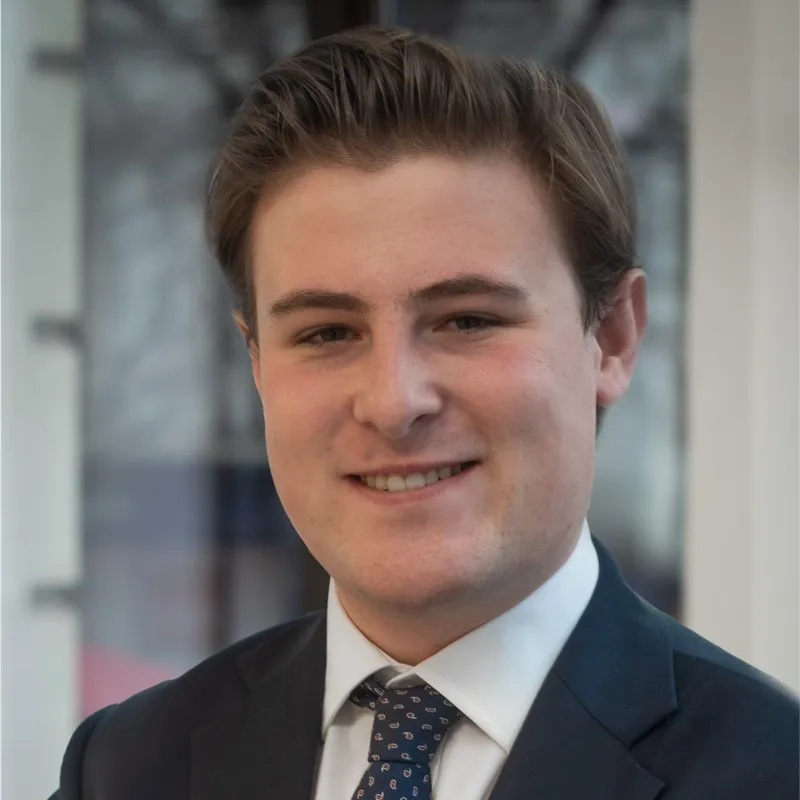
 Sign in with Google
Sign in with Google 